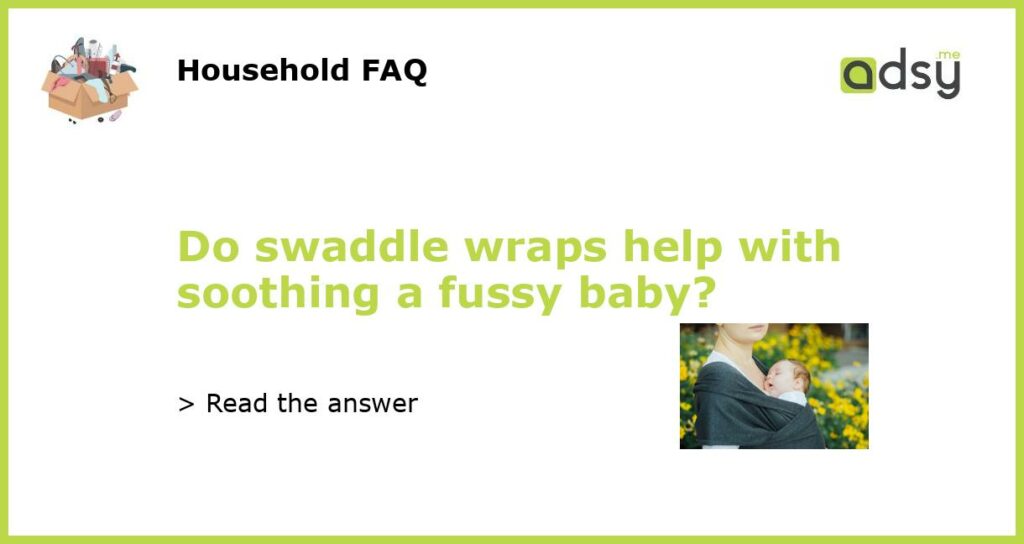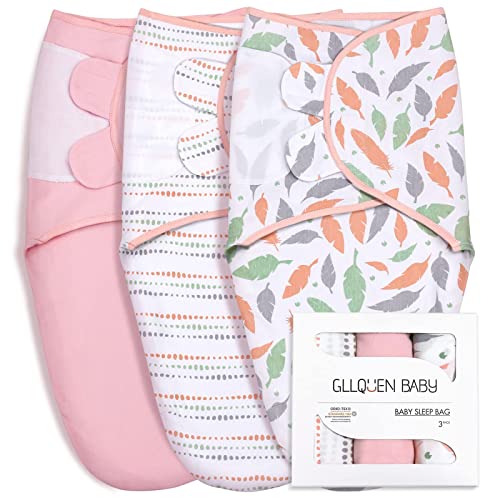Swaddle wraps: A soothing solution for fussy babies?
When it comes to soothing a fussy baby, parents often try a variety of techniques and products to calm their little ones. One popular solution that has been around for centuries is the use of swaddle wraps. Swaddling involves tightly wrapping a newborn or infant in a soft, secure blanket to mimic the feeling of being in the womb. But do swaddle wraps really help with soothing a fussy baby? Let’s take a closer look at the benefits and considerations.
The benefits of swaddle wraps
1. Mimicking the womb environment: Swaddle wraps provide a cozy and secure environment for babies, mimicking the feeling of being in the womb. This can help soothe a fussy baby by providing a sense of comfort and familiarity.
2. Promoting sleep: Swaddling can help promote better sleep for babies. The snugness of the swaddle wrap can help prevent startle reflexes, which can often wake a baby up from their sleep. By keeping their arms and legs firmly wrapped, swaddle wraps can create a more peaceful and restful sleep environment for babies.
3. Reducing colic and fussiness: Some parents find that swaddling can help reduce colic and fussiness in babies. The gentle pressure of the swaddle wrap can provide a calming effect and help alleviate discomfort. Additionally, swaddling can help regulate body temperature and prevent overheating, which can also contribute to fussiness.
Considerations for using swaddle wraps
1. Proper technique is essential: When using swaddle wraps, it is crucial to follow proper technique and guidelines to ensure the safety of your baby. The wrap should be snug but not too tight, allowing room for movement of the hips and legs to prevent hip dysplasia. Incorrect swaddling techniques can increase the risk of hip and joint problems.
2. Age and development stage: Swaddle wraps are generally safe for newborns and young infants. However, as babies grow and develop, they may start to show signs of readiness to transition out of swaddling. It’s important to keep an eye on your baby’s developmental milestones and adjust the use of swaddle wraps accordingly.
3. Personal preference and individual needs: Not all babies respond well to swaddle wraps. Some babies may feel restricted or uncomfortable in a swaddle, while others may find it soothing. It’s essential to pay attention to your baby’s cues and individual needs. If your baby consistently shows signs of distress when swaddled, it may not be the best solution for them.
A tool to consider
While swaddle wraps can be a helpful tool for soothing a fussy baby, it’s important to remember that every baby is different. Some babies may find comfort and calmness in swaddling, while others may not respond well to it. It’s vital for parents to observe their baby’s cues and preferences to determine if swaddling is the right solution for them. Additionally, it’s essential to follow proper techniques and guidelines to ensure the safety and well-being of your baby. If you have any concerns or questions about swaddling, it’s always best to consult with your pediatrician or healthcare provider for personalized advice.






